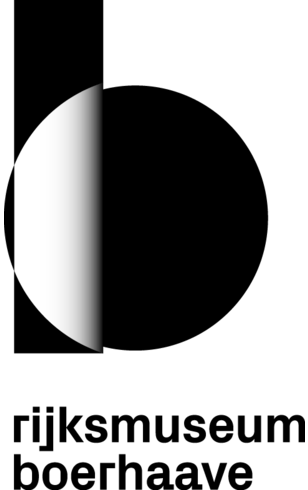In de Renaissance kwamen écorché-figuren regelmatig voor in artistieke en anatomische handboeken. Dit zijn figuren waarbij de huid is weggelaten zodat de spieren zichtbaar zijn. Écorché is ook letterlijk Frans voor ‘gevild’. Echter niet alleen tekeningen maakten gebruik van deze techniek, ook 3D-modellen. Zo maakte de Franse arts Louis Thomas Jérôme Auzoux (1797-1880) vanaf 1820 unieke menselijke en dierlijke modellen van papier-maché. Dat materiaal had voordelen boven het eerder gebruikte was. Op donderdag 26 september staan de anatomie en écorché-figuren centraal tijdens een lezingenmiddag die Rijksmuseum Boerhaave samen organiseert met de Technical Art History Colloquia. De lezingen zijn Engelstalig.
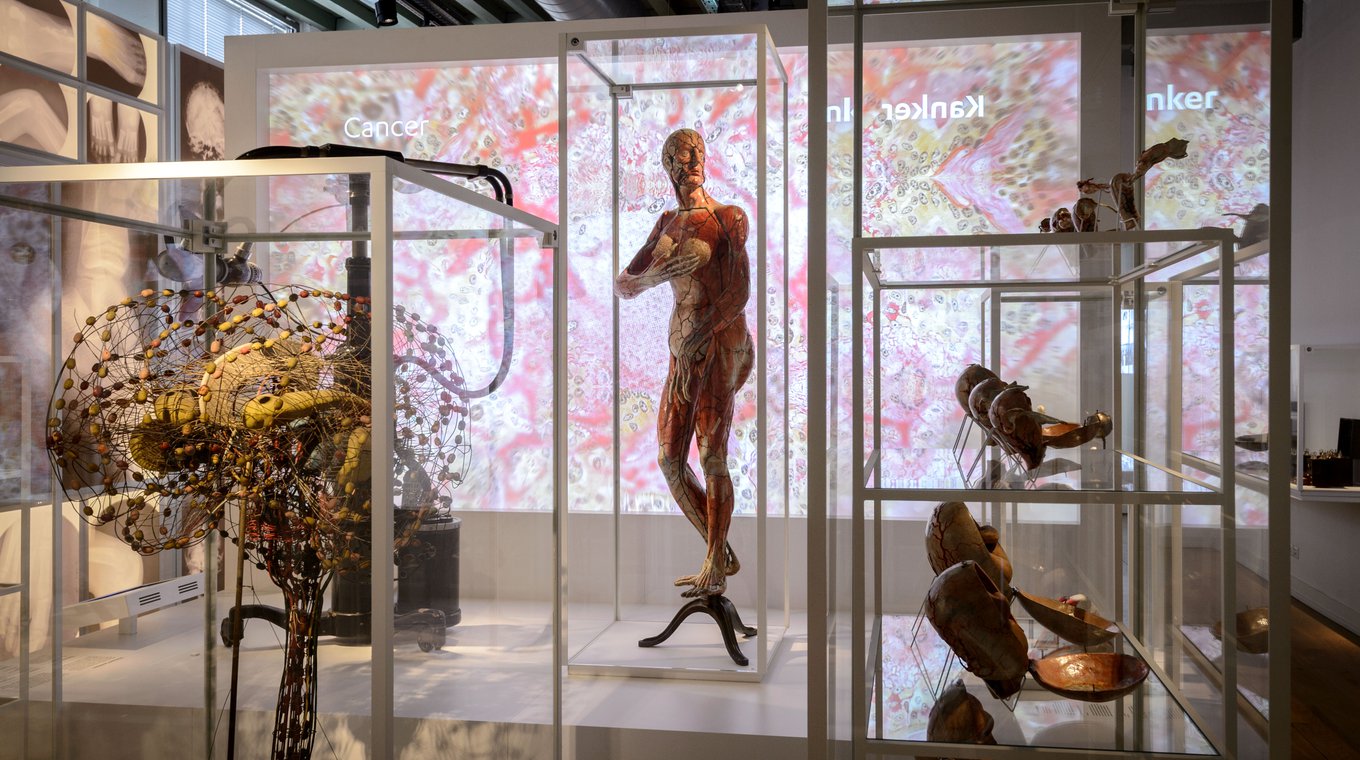
Rijksmuseum Boerhaave and the Technical Art History Colloquia together organize an afternoon with two lectures focusing on anatomy and écorché models on Thursday 26 September 2019. The programme starts at 15.00 at Rijksmuseum Boerhaave.
Programme
15.00 – 15.35: Marieke Hendriksen about the écorché body in eighteenth-century art and anatomy
15.35 – 16.05: Bart Grob about nineteenth-century animal écorché models in the Boerhaave collections
16.05 - 16.30: Discussion
Date: Thursday 26th September 2019, 16:00 - 17:00
Venue: Rijksmuseum Boerhaave, Lange Sint Agnietenstraat 10, Leiden
Entrance: entrance ticket (ICOM, Museumjaarkaart)
Registration below
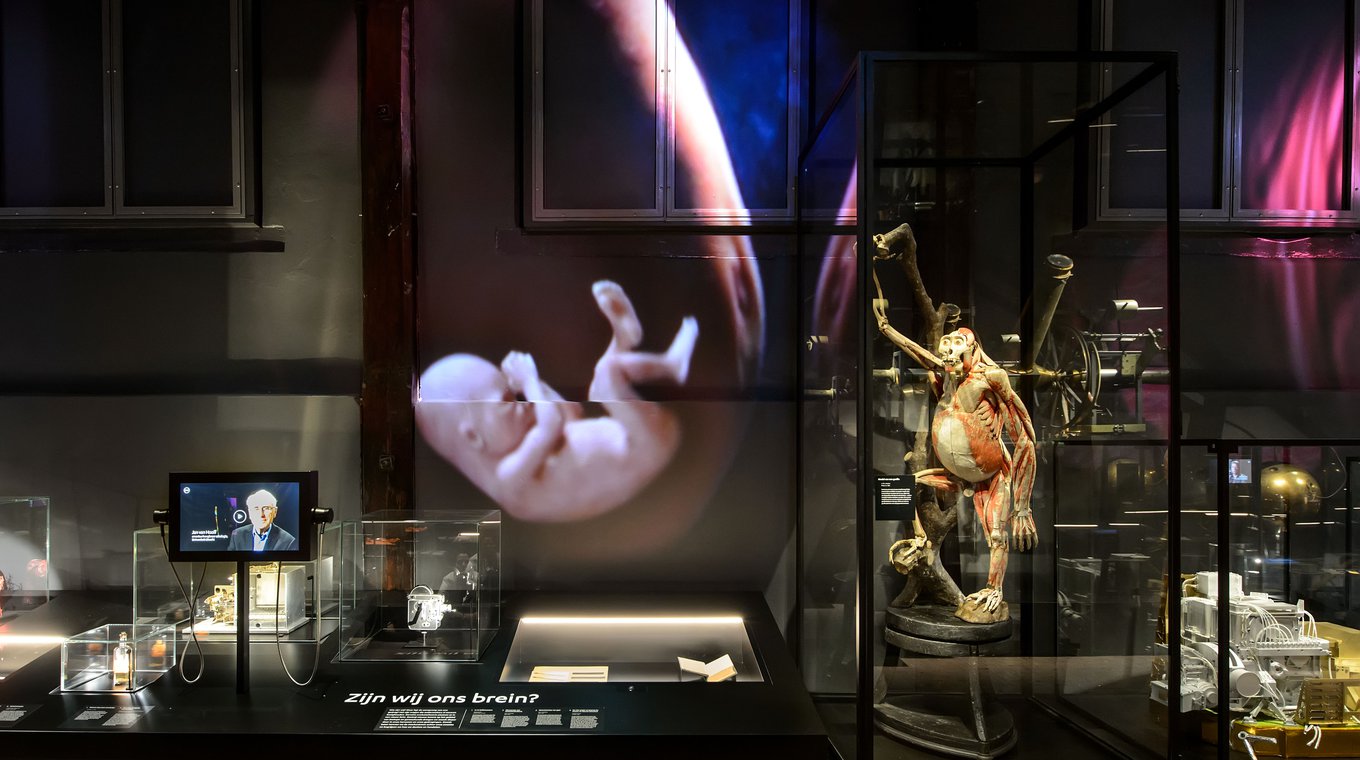
Flayed: the écorché body in eighteenth-century art and anatomy
Marieke Hendriksen
Images of flayed human bodies, so-called écorché figures, occur with some frequency in artistic and anatomical handbooks from the sixteenth century onwards. Three-dimensional écorché models (‘anatomies’) sculpted in wood or wax are also occasionally listed in artist’s and collector’s inventories from this period. However, in the eighteenth century, écorchés cast in metal or plaster became a mass-produced staple in the artist’s workshop and the anatomy classroom, with one model becoming extremely popular. How did eighteenth-century artisans of the body, both visual artists and anatomists, collaborate in the creation of these écorché models? How were they used, and by whom? Why did one model in particular, jointly created by a Scottish anatomist and a Danish artist, become so popular and was reproduced so often that it became the écorché model?
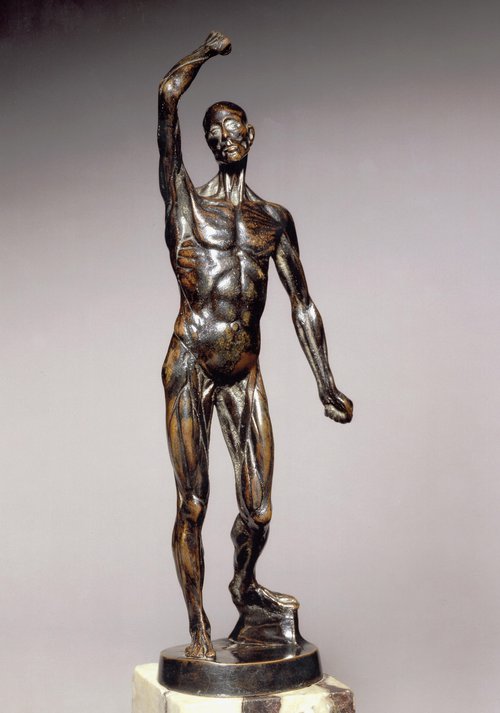
Bronze Ecorche cast by Edward Burch after Michael Henry Spang, ca 1767. 25 cm © The Hunterian Museum, Glasgow
Skinned: nineteenth-century animal écorché models in the Boerhaave collections
Bart Grob
French physician Louis Thomas Jérôme Auzoux (1797-1880) perfected a manufacturing process for papier-maché anatomical models. Close links to the medical university of Paris ensured him of customers and accurate information on anatomical discoveries. His anatomical models became world famous because of the quality and details of the models. Surprisingly Auzoux did not only produce human écorchés. In various collections one can find animal écorché models as well. What could have been Auzoux’ reasons to complete his catalogue with this specific type of animal models?
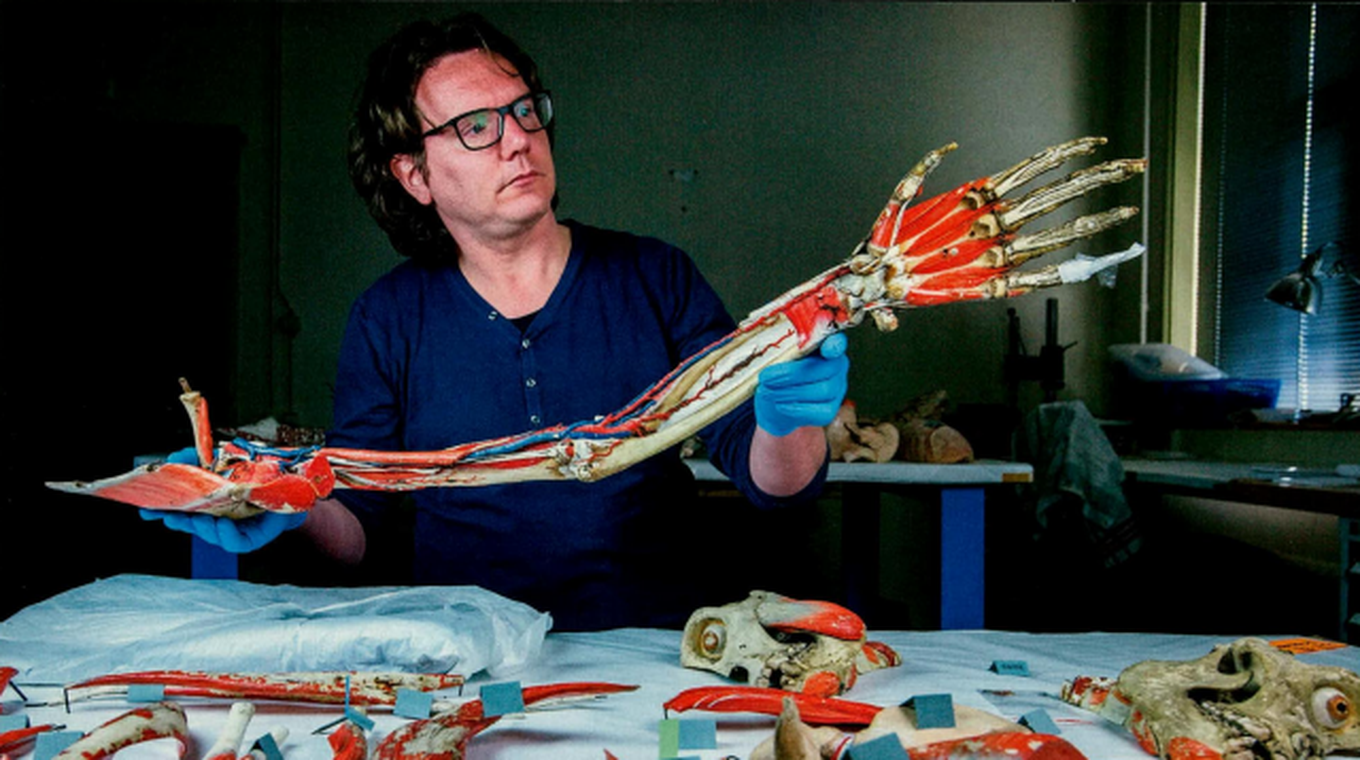
Technical Art History Colloquia
The Technical Art History Colloquia are a cooperation of the ARTECHNE Project (Utrecht University and University of Amsterdam), the Netherlands Institute for Conservation, Art and Science (NICAS), the University of Amsterdam and the Mauritshuis. The ARTECHNE project has received funding from the European Research Council (ERC) under the European Union’s Horizon 2020 research and innovation programme (grant agreement No 648718). Monthly meetings take place on Thursdays. This edition of the Technical Art History Colloquium will be organised in Leiden at and focuses on anatomy.
The mission of Rijksmuseum Boerhaave, the Dutch National Museum for the History of Science and Medicine, is to increase public support for science in the Netherlands. The Museum’s activities are always designed to connect with current issues.
